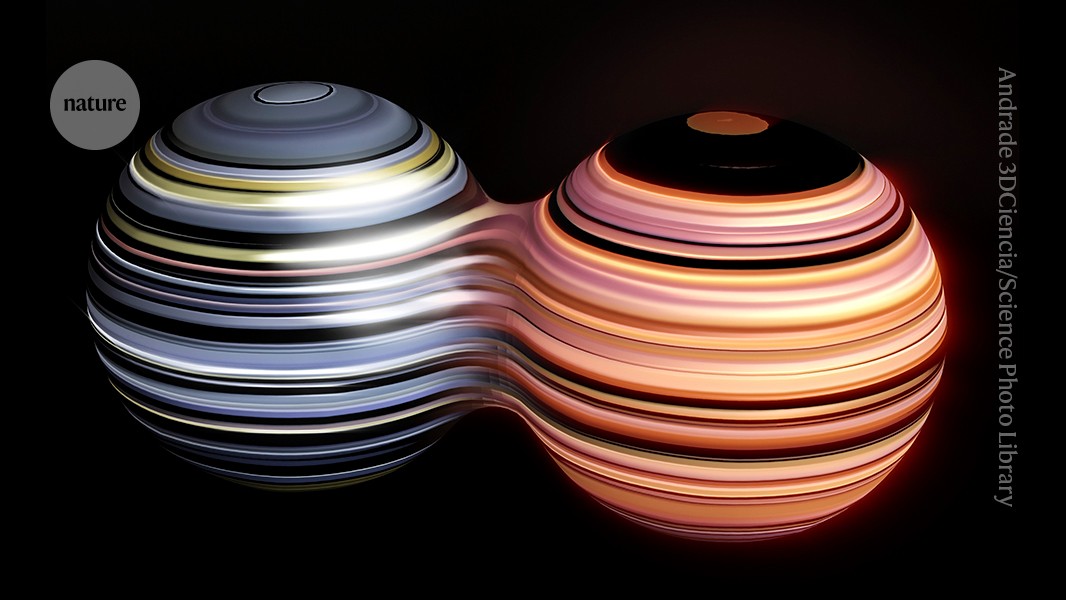
"Despite the extensive revision made to the published paper, skepticism remains strong among researchers regarding the validity of the evidence presented for Majorana quasiparticles."
"Majorana quasiparticles, if proven to exist, could significantly improve quantum computing by offering resilience against environmental noise, which is a critical challenge in the field."
"The creative approach involves using indium arsenide nanowires enveloped in aluminium and subjecting them to a magnetic field to generate signals indicative of Majoranas."
"The dialogue around this correction emphasizes the ongoing controversy and scrutiny within the scientific community, especially related to groundbreaking claims in quantum physics."
The study of Majorana quasiparticles has faced scrutiny, leading to an important correction five years after its original publication. These quasiparticles are theorized to be resistant to environmental noise, thus making them suitable for use in quantum computing. A team led by Charlie Marcus claimed to generate Majoranas using indium arsenide nanowires surrounded by aluminium. However, physicists Sergey Frolov and Vincent Mourik raised concerns about the study's methodology, prompting the journal Science to issue a warning and the authors to provide a lengthy correction with more content addressing core issues.
Read at Nature
Unable to calculate read time
Collection
[
|
...
]